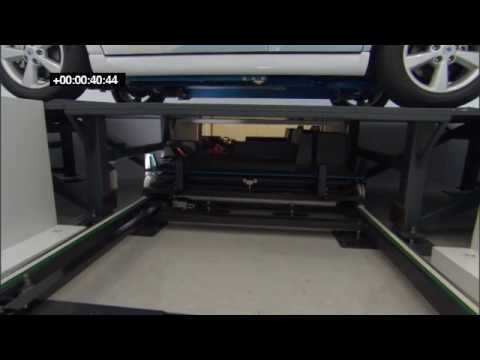#denmark
Can EVs Survive Without a Government Check or Tax Break? Not in Denmark
Despite the protestations of many members of the green car crowd, dollars and cents do seem to play a major role in the motivation to purchase an electric or plug-in hybrid vehicle. Right now, EV proponents and domestic automakers are worried the U.S. won’t renew the green car tax credit — a segment-boosting incentive that shaves thousands off the price of a new electric vehicle.
Some would argue if green car buyers are really devoted to the planet’s health, purchase price wouldn’t be an issue (assuming the buyer’s bank balance is sufficient). Individuals being what they are, motivations and circumstances will vary. Still, no one can argue that a tax credit doesn’t sweeten the pot, just as dealer incentives on the hood of a truck help move sluggish inventory.
In Denmark, however, lawmakers have discovered that once-steady sales of EVs will slow to a trickle when green vehicle buyers are treated like regular car buyers.
Renault Threatens Denmark With Project Better Place Pullout
Denmark is keen to show the world, especially after the Copenhagen Conference, that they mean “green.” Denmark is setting up an infrastructure to support electric car recharging, however the other side to this grand scheme are throwing their toys out of the electric car. The Copenhagen Post reports that Renault are threatening to withdraw the electric cars which they were supposed to supply to “Better Place”, the company monitoring the installation of the electric car infrastructure. The reason behind this shocking behaviour (see what I did there?) is that Renault believe that the Danish government are not giving enough favourable car tax breaks to electric cars. The government’s policy is to give electric cars exemption from normal vehicle registration tax of 180%* until 2012.
Project Better Place Birthwatch: An Introduction To Project Better Place
How do you make the world a Better Place? If you ask Shai Agassi, president and founder of the eponymous American-Israeli Company, the answer lies in the development of an infrastructure that makes charging an electric car as simple as pulling over in a gas station. This deceptively simple idea has spawned an international project, which brings together automakers, governments, activists and scientists in a hugely ambitious attempt at creating the first localized electric vehicle charging infrastructures. With brand new technology, millions of tax dollars and the fate of at least one global automaker hanging in the balance, the evolution of Better Place is a crucial story in the rise of electric vehicles. But before we begin chronicling the build-up to this ambitious plan, we have to get back to the basics of EVs and their fundamental shortcomings.
Denmark EV Incentive: $40k and a Parking Spot
Along with Israel, Denmark is one of the first countries to sign on to Project Better Place’s attempt to establish a viable electric car infrastructure. And as with all early adopters, Denmark is paying a pretty price for the experiment. The country is spending $100m on infrastructure, including charging points and battery-swap stations. Moreover, Better Place’s partner, public utility Dong Energy, is trying to run the new EV infrastructure entirely on wind power, which is already the source of 20 percent of Denmark’s energy. “We’re the perfect match for a windmill-based utility,” Better Place founder and CEO Shai Agassi tells the NY Times. “If you have a bunch of batteries waiting to be charged, it’s like having a lot of buckets waiting for rain.” Despite the close government involvement in the project, Danes are still wary of making a wholesale switch to EVs, prompting the government to offer $40,000 in consumer incentives for electric vehicles, as well as free parking in downtown Copenhagen. Though there’s plenty of skepticism in Denmark about the plan, that incentive is expected to make a huge difference.



















Recent Comments